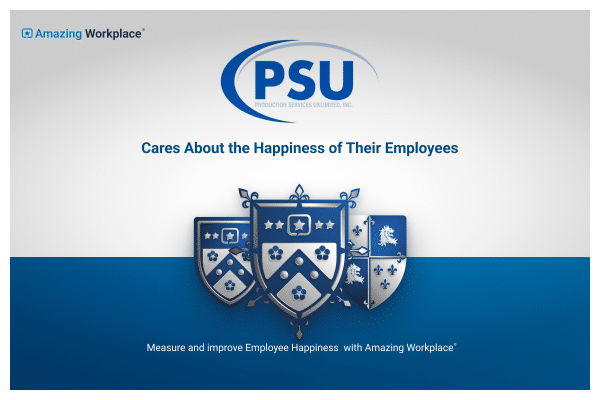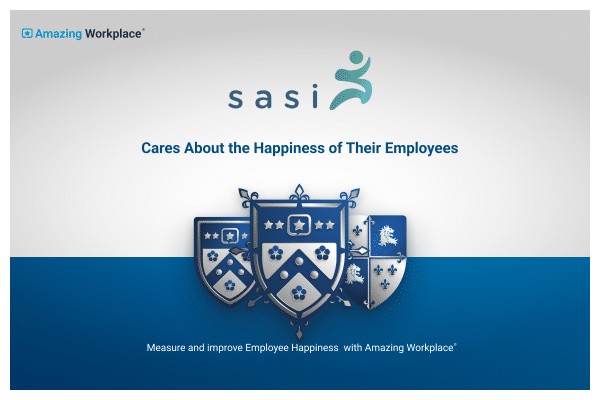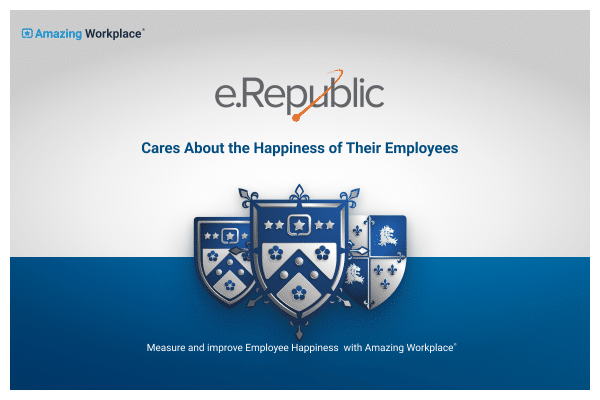Building a Positive Company Culture
Nurturing a positive work experience requires building a positive workplace culture, but how do you do that?

Many of us have experienced less-than-positive working environments. Witness the Great Resignation taking place. Working in a high-stress, micro-managed, or a business where the employer plays favorites, leads to people who dream of working where they feel valued and respected. Their heart is not in their current job and they’re not pulling for your success.
To build an amazing workplace, you must establish a positive business culture – but what are the elements that create the ideal working environment?
Build Trust Among Your People
Trust is defined as being a firm belief in the reliability, truth, ability, or strength of another person. Building trust between managers, owners, and employees demands open, honest communication and predictable behavior that sets a good example. While employees will need correction occasionally, these corrections should be private, never in the presence of other staff, and should be supportive rather than critical. Being treated well is important to employees than a paycheck, and research shows that people will move to another job with a lower salary for the opportunity to work in a positive environment.
Realistic Goals and Winning the Game
When you set targets for your teams, they must be realistic, or it can backfire. A goal that is outside the bounds of what can be accomplished, particularly when bonuses are involved, can lead to dissatisfaction. To establish a goal, find the highest production level achieved a team (with the same number of employees), and set it a little higher, and when it is achieved, acknowledge everyone involved for a good job well done.
The Art of Listening
Employee feedback is critical to the success of your company. Listening is among the most essential elements in a sane and happy workplace. If an area is struggling, you need to find out why, as quickly as possible. Various factors come into play, including missing staff, a workload that falls on just a few, an unhappy employee who is spreading dissension. Keep your ears and eyes open so you can identify an employee who could be causing trouble. The types of actions to look for includes an over-zealous, angry manager who berates others or openly favors just one or two people on a team. When discovered, correct this behavior without criticism but with guidance. If they don’t change their behavior, they are probably not suited to your business.
Recognize and Reward Exemplary Work
When you recognize good work, it inspires loyalty. When an employee performs beyond what you expect of them, an acknowledgment boosts confidence and inspires loyalty.
Be Inclusive
Inclusion is providing all members of your teams with access to opportunities for advancement, training, and other resources. The term also refers to creating a workplace where people who may have been marginalized due to race, gender, age, or disabilities in different environments, allowing them to feel equally valued in your business. An Amazing Workplace includes inclusion for all employees.
Collaborate Rather than Rule
Employees who work in a collaborative environment produce better work. These collaborative efforts can produce some remarkable results, as many employees have hidden talents that will flourish in a collaborative workplace.
Stress: The Right Kind, and the Wrong Kind
High levels of production are related to expectations, but constant stress will lead to unhappy employees. If you have a steep production target, provide lunches, coffees, and other perks. Younger employees, some of whom can become the “stars” of your business, may perform better with flexible hours, and the ability to work from home. The wrong kind of stress involves micro-management, constant check-ins, or behavior such as shouting or making constant, unrealistic demands. You will end up with tired employees who spend their free time searching for a new place of employment.
In the end, a great place to work is an environment in which your employees feel valued, recognized, and understood. The benefit is that you get more productive, loyal employees who will help you build your business.


